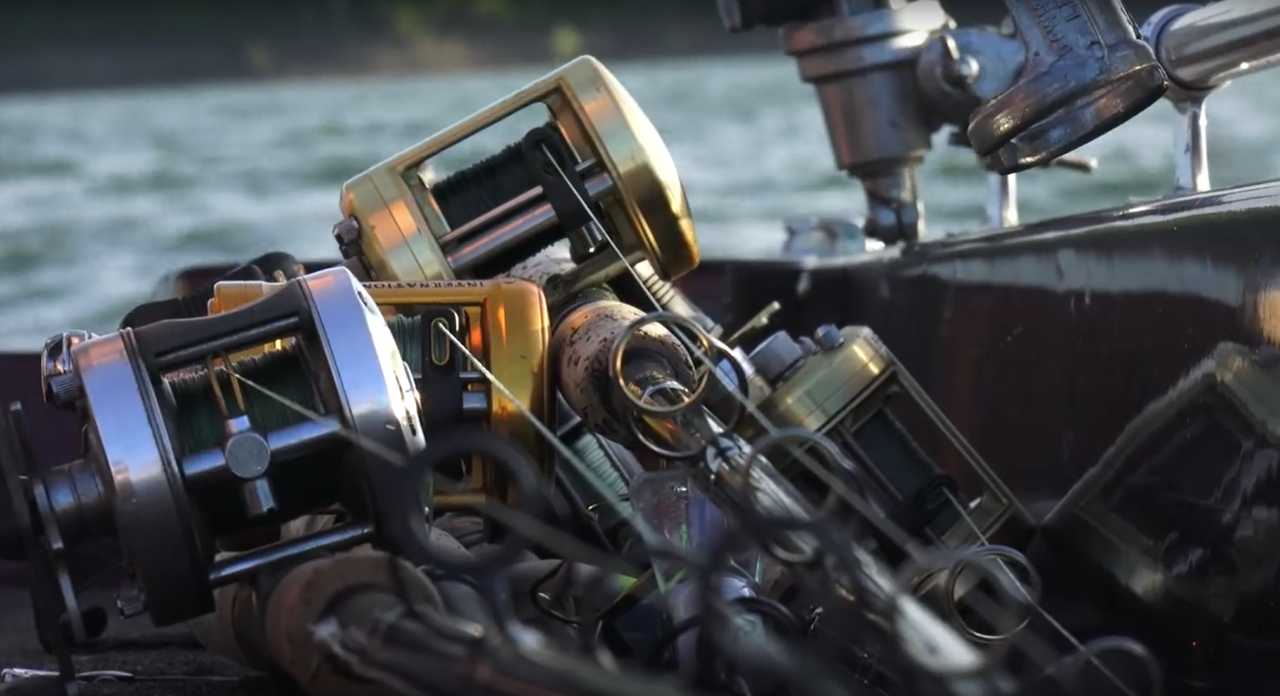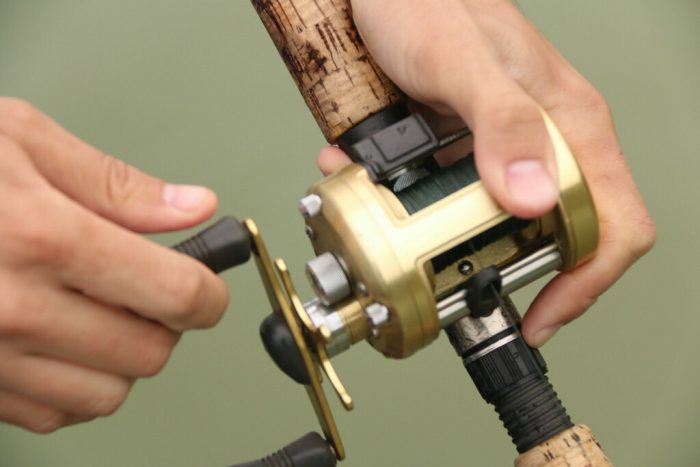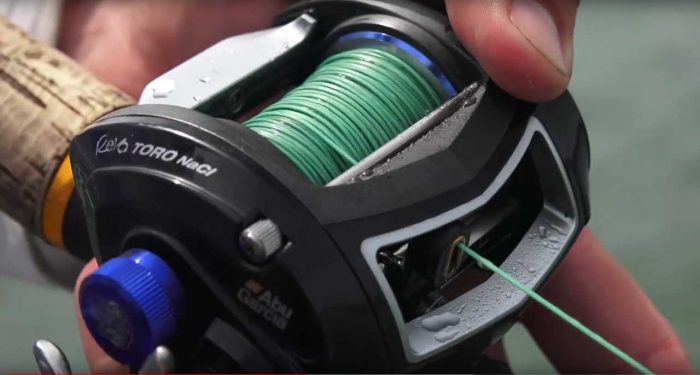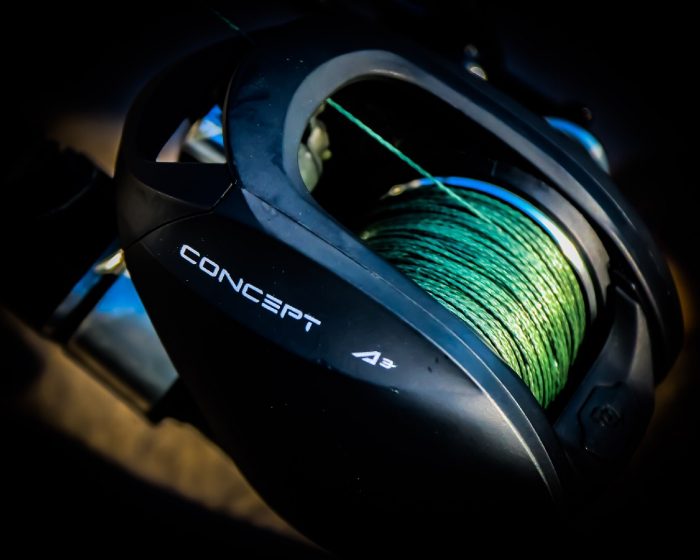It’s winter time. Go ahead and blow the dust off the ice fishing gear, tighten loose drags and spool up for the hard water season. As a matter of fact, why not take the time to tune your soft water gear before you park it? Massaging your gear before it sits for an extended period can add years to the life of your gear. It can also help maintain its integrity when you get back to casting after the snow melts.
Loosen Your Drag
No matter the type of reel I am storing during the winter months, I always dial down the drag. Both open faced spinning reels and bait casting reels have drag systems full of little mechanical components that become stressed when your drag remains torqued down heavy. In fact, I have developed a habit of loosening the drag of any reels after I use them to preserve their durability.
Grease Your Reels
“Out of sight, out of mind.”
It’s a reality that even the most detail-oriented consumers fall victim to when they buy something new and its working units aren’t plainly visible. How do I know? I learned the lesson the hard way. The old adage, “the greatest lessons in life are those learned through experience,” rings true.
New fishing reels are lightly greased by the manufacturer right out of the box, but it doesn’t last forever. In fact, during the break-in period of your reel’s first season, much of the factory grease will be spread thin into the revolving joints and mechanisms. It’s always a good idea to grease the gears in your reel midway through its first season and at the end of every season thereafter.
Oil Your Reels
Like grease, oil is applied sparingly by the manufacturer. You’ll need to add oil halfway through your reel’s first season, and at the end of every season going forward. Unlike grease, oil is thin and is consumed by the moving parts of your reel rather quickly. Luckily, many reel manufacturers include a small tube of lubricating oil in the box. So be sure to save it and apply the oil generously to all visible moving parts of the reel, such as the joints of the reel handle and bale on your spinning reels.
Lubricating your reels at the end of every season preserves the smoothness they had the first day you removed them from the manufacturers box. Lube and oil also aid water resistance and resultant rust, which pits the metal parts and corrodes to the point it may eventually bind the moving parts and freeze the revolution of your reel handle and spool.
Unspool
I make a habit of unspooling any reels hosting fluorocarbon or monofilament. Both fluorocarbon and monofilament line have a memory, and spools of line with a coiled memory cause nothing but problems. Sure, there are tricks to help straighten the line, like running hot water over the spool for a period and then casting a heavier lure a good distance out soon after. That can help create a fresh start, but it’s not fail-proof.
The most important detail I witness other fishermen skip over is changing out their line year-after-year. If you’re like me and fish often, it’s a good idea to re-spool after so many outings to ensure the integrity of your line stands strong when you tie into a good fish. No matter what, I always start a new season with new line. Not only does it improve my confidence, it also improves my catch rate. But keep in mind the sensitivity increases without the coil caused from memory after storing during a lengthy off-season.
Store Rods Straight and Vertical
Fiber glass and graphite fishing rods have a memory. Don’t be fooled by advertisements suggesting otherwise. If you store a rod for an extended period with the tip bent because you hooked the first eye and reeled down tight after your last outing, chances are, when you release the tension of the line to use the rod months later, it will have a bend to it.
The vitality of fiber glass and graphite depends on how it’s treated. I’ve never experienced any obvious signs of stress on my graphite rods after storing them in an unheated shed. But rumors suggest it may not be the best option for storing graphite. As I mentioned before, I learn hard lessons sometimes. But I almost always have some experience to back up my claims. I won’t say whether storing them in an insulated environment is better than cold and dry. But still, if it calms your nerves, do whatever suits you best.
Like the concept of avoiding rod storage with any significant bending of the tip, I much prefer to store my rods vertically. That way I’m not concerned that horizontal storage on a rod rack may persuade a slight bend to my rods that’s irreversible.










